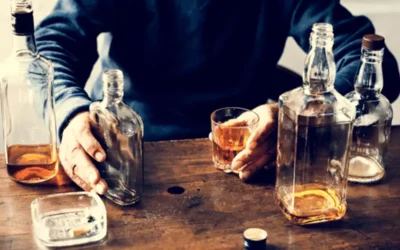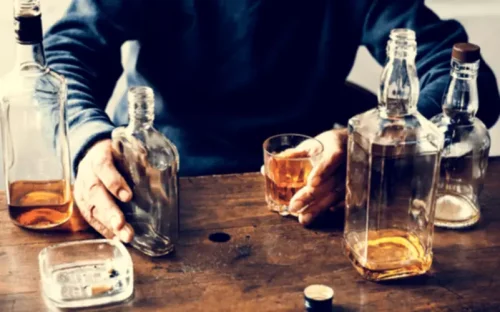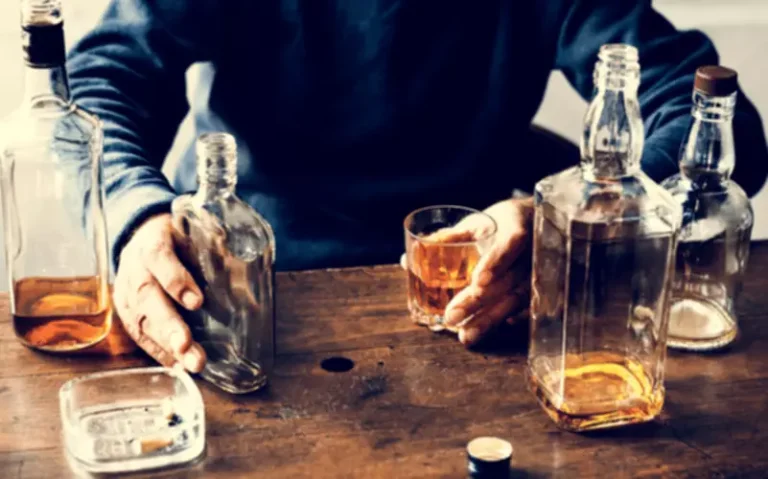
Understanding the statistics behind alcohol alcoholism relapse rate relapse can help those in recovery prepare for potential obstacles and maintain their sobriety. Whether your relapse means that you need to attend treatment again depends on several factors. These include how long the relapse lasted and how much you were drinking during the relapse.
- When comparing relapse rates for alcohol addiction with other substance addictions, it is clear that alcohol use disorder presents unique challenges.
- Understanding alcohol relapse statistics, including the relapse rate after alcohol rehab, is essential for developing effective treatment plans and relapse prevention strategies.
- These results add to growing evidence that participation in treatment and/or AA contributes to better short-term alcohol-related outcomes.
- Alcohol is also not like many other illicit substances, which are used in private for the most part.
- Then, when that person becomes sober and experiences withdrawal, their body and their tolerance levels react accordingly, pushing their tolerance closer to normal.
Support Stanford Medicine

By checking the medical records, the relapse cases were mentioned after finding the positive results from the urine, blood and alcohol tests. Therefore, in this study, relapse was dichotomized into being relapsed, as opposed to not being relapsed. When comparing an opioid relapse with other drug relapses and overdoses, it’s important to understand a few things. First is the rate at which opioid tolerance builds, which increases very rapidly when compared with other drugs.
Does relapse to drug use mean treatment has failed?
However, their emotions and resulting behaviors are laying the foundations for https://ecosoberhouse.com/ their next relapse. Individuals in this stage are often not planning to relapse so that they may be in denial of their risk of relapse. This denial can prevent the use of effective techniques to prevent the progression of the relapse. This body of research qualifies the usual characterization of AUD as a chronic, relapsing/remitting disorder for which intensive intervention is essential for recovery. Also, Whites reported higher AUD rates than Hispanic respondents at all ages, and men reported higher AUD rates than women until older age, when women were more likely than men to report AUD in their 70s. Relapse into alcoholism is less likely if you attend rehab, dedicate yourself to a recovery plan and avoid becoming overconfident in your ability to prevent relapse.
How Trauma Shapes Mental Health

You can decrease your risk of relapse by developing healthy coping mechanisms, attending support group meetings, seeking professional therapy, maintaining a strong social support network, and avoiding situations that trigger cravings or expose you to alcohol. Various studies and scientists use different terminology to describe this phenomenon. Some use “spontaneous remission” while others use “spontaneous recovery.” There’s also debate over what constitutes treatment.
- With a compassionate and comprehensive approach, Promises offers individualized care that emphasizes evidence-based practices.
- The independent variables were collected using medical records and registers.
- The admissions navigator can listen to your needs, answer your questions, explain your options, and help you begin your path to recovery.
- Treatment enables people to counteract addiction’s disruptive effects on their brain and behavior and regain control of their lives.
- Each time that these people drink, their brains adapt to the presence of alcohol.
Alcohol addiction is a serious problem that affects millions of people worldwide. Despite efforts to combat this issue, relapse rates remain high among those in recovery. Understanding the statistics behind alcohol relapse can help individuals prepare for potential obstacles and maintain their sobriety. Limitations of the study include a sample consisting of all men selected from an urban metropolis was not representative of all demographics. The study was conducted in a deaddiction unit among patients seeking treatment, and hence is not representative of all alcohol and opioid users.

Addiction Treatment Programs

Desistance rates from moderate AUD showed a similar, but less dramatic pattern across age groups, whereas desistance rates from mild AUD were relatively stable across age groups. The Substance Abuse and Mental Health Services Administration (SAMHSA) is the agency within the U.S. Department of Health and Human Services (HHS) that leads public health efforts to advance the behavioral health of the nation. SAMHSA’s mission is to lead public health and service delivery efforts that promote mental health, prevent substance misuse, and provide treatments and supports to foster recovery while ensuring equitable access and better outcomes.
- There’s no cure for addiction, just as there’s no cure for asthma or high blood pressure (two chronic illnesses that have higher average relapse rates than addiction).
- The best known of these drugs is Ozempic, a medication for diabetes often prescribed for its off-label use as a weight loss aid.
- However, these studies focused primarily on general population or media-recruited samples; that is, on individuals who had not initiated help-seeking and who may have had less severe and as yet unrecognized problems 5,6.
- Other substances with notoriously high relapse rates are stimulants and benzodiazepines.